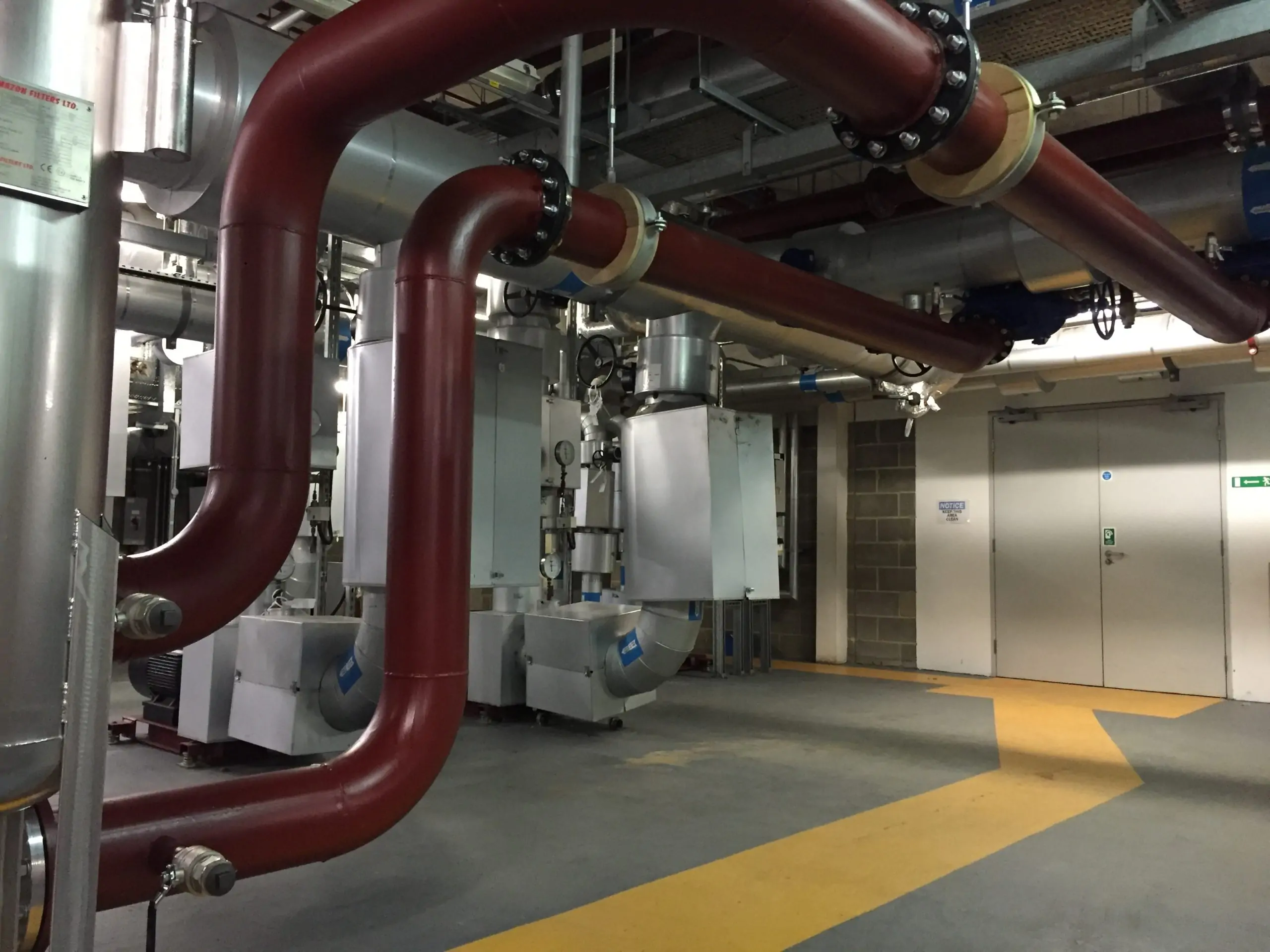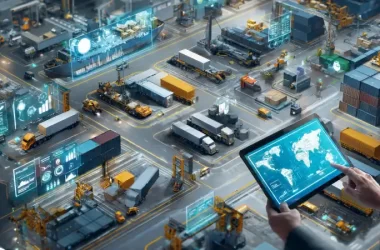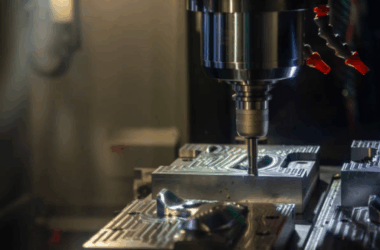Line-stopping services have become the invisible heroes of modern infrastructure, allowing engineers to isolate pipe sections without disrupting the critical flow of water, gas, or chemicals that power daily life. In Singapore’s densely packed urban landscape, where a single shutdown can cascade into chaos for thousands, these specialized techniques have transformed the approach to maintenance and repairs. The stakes couldn’t be higher: keeping essential services running while addressing the inevitable failures of ageing systems.
The Battlefield of Broken Pipes
Line stopping is industrial surgery performed on patient pipes that cannot afford to die:
- Creates temporary blockages in live pipelines
- Maintains downstream service during repairs
- Eliminates costly system drains and refills
- Prevents service disruptions to customers
- Reduces environmental contamination risks
“I’ve seen executives nearly weep with relief when we explain they won’t have to notify 10,000 customers about service interruptions,” said a veteran line-stopping specialist who’s worked Singapore’s underground maze for twenty years. “The alternative is unthinkable for most operations.”
When Conventional Methods Fail
The scenarios that demand line stopping often emerge from the crisis:
- Catastrophic leaks threatening property
- Urgent valve replacements in critical systems
- System expansions that can’t wait for scheduled downtime
- Emergency rerouting around damaged sections
- Integration of new control equipment
1. The Reconnaissance Phase
Before technicians deploy equipment, intelligence-gathering becomes paramount:
- Pipeline material assessment and structural evaluation
- Precise measurement of operating pressures
- Detailed analysis of flow characteristics
- Mapping of surrounding infrastructure constraints
- Identification of potential complications
“You’re essentially conducting a covert operation on infrastructure that’s hiding most of its secrets underground,” explains a project manager who coordinates Singapore’s utility emergency responses. “The difference between success and failure often comes down to what you discover during this phase.”
2. Establishing the Beachhead
The attachment of fittings represents the critical first incursion:
- Steel pipes require precision welding of reinforced sleeves
- Concrete or ductile iron pipes demand specialized mechanical fittings
- Plastic piping systems need thermal fusion techniques
- All connections undergo rigorous pressure testing
- Multiple redundancies ensure absolute integrity
3. Breaching the Perimeter
The hot tap operation creates the entry point while maintaining system pressure:
- Specialized cutting machines mount to the fitting
- Pressurized housings prevent system leakage
- Precision hole saws create the access point
- Retention systems capture cut material
- Temporary valves secure the opening
“There’s a moment when you’re cutting into a pressurized line carrying thousands of gallons per minute,” a field supervisor recounted. “Your entire focus narrows to the pressure gauges and the steady resistance against the cutting bit. One miscalculation and you’ve got a catastrophe.”
4. Deploying the Blockade
The insertion of the actual stopping device represents the operation’s culmination:
- Custom-sized stopping heads designed for pipe dimensions
- Hydraulic systems controlling deployment speed
- Expandable rubber elements creating the seal
- Pressure monitoring verifying complete stoppage
- Bypass systems maintaining critical services
“It’s like sliding a cork into a fire hose without letting a drop escape,” notes a Singaporean water authority engineer with twenty years of pipeline experience. “The precision required is extraordinary.”
The Economic Calculus
The financial impact of professional line stopping extends far beyond the immediate project:
- Continued revenue generation during repairs
- Elimination of product loss from system drainage
- Reduced overtime costs for emergency crews
- Prevention of regulatory fines for service interruptions
- Customer retention through reliable service
“We faced a choice: shut down production for three days for $150,000 per hour, or spend $90,000 on line stopping services,” shared an operations director at a Singapore chemical processing facility. “The math wasn’t complicated.”
The Hidden Dangers
Despite its advantages, line stopping carries inherent risks:
- High-pressure systems can catastrophically fail if improperly managed
- Weakened pipe sections may collapse under stopping pressures
- Improper fittings can separate during operations
- Untrained technicians might damage critical infrastructure
- Failed operations often result in emergency shutdowns anyway
Navigating the Provider Landscape
In Singapore’s competitive market, choosing the right contractor requires discernment:
- Verify experience with your specific pipeline materials
- Examine their equipment inventory and maintenance records
- Review their emergency response capabilities
- Assess their safety incident history
- Confirm proper insurance coverage and bonding
“The difference between the best providers and mediocre ones isn’t apparent until problems arise,” warns a facilities manager who’s overseen dozens of line-stopping operations. “By then, it’s often too late.”
The Future Battlefield
As infrastructure ages and urban density increases, the technology continues to evolve:
- Remote-controlled robotic stopping systems
- Advanced composite materials for higher-pressure applications
- Computer-modeled flow dynamics for complex interventions
- Non-invasive sensing technology for precise pipe mapping
- Integrated bypass systems for zero-interruption service
As Singapore and cities worldwide grapple with infrastructure that’s reaching the end of its designed lifespan, the strategic importance of maintaining continuous service becomes increasingly critical. From hospitals that cannot lose water pressure to industrial facilities where production stoppages cost millions, the ability to perform surgical interventions on failing systems without shutting them down has transformed from luxury to necessity. For organizations navigating these challenges, partnering with experienced specialists provides the technical expertise and equipment required to successfully implement line-stopping services.







